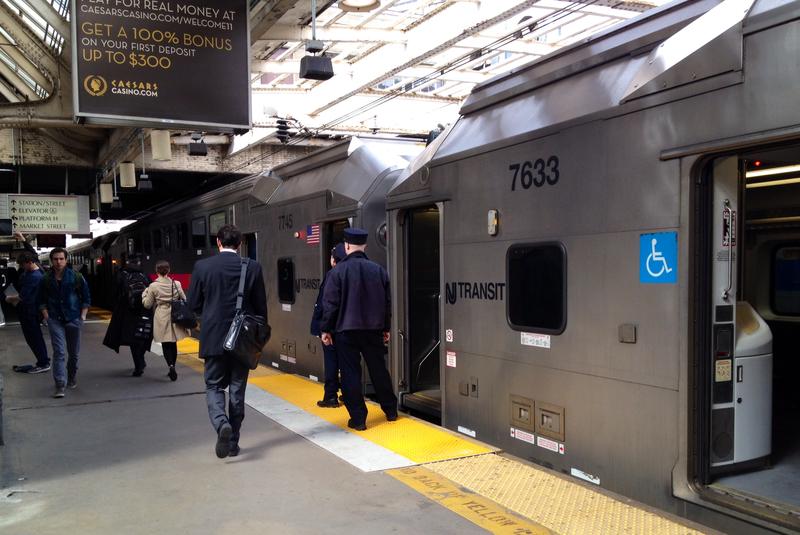 Transportation Nation
Transportation Nation
Federal Mediators Side With NJ Transit Unions — Again

Federal mediators have thrown their support behind the labor unions in a longstanding dispute between NJ Transit and its railroad workers
In a 41-page decision, a three-member Presidential Emergency Board recommended that the transit agency accept the unions' offer. The labor coalition is seeking an 18 percent pay raise for workers over seven years, retroactive to 2011.
Last year, a previous board had also sided with labor.
NJ Transit had maintained the unions' offer was unaffordable, but the federal mediators disagreed, pointing out that the transit agency was able to reach deep into their coffers to strike a 2015 deal with bus workers. The mediators also cited the 2014 deal that averted a Long Island Rail Road strike, as well as recent contracts with Metro-North workers, as evidence of similar wages paid by nearby commuter railroads.
NJ Transit again rejected the new report's findings.
"The latest recommendations are not affordable," said NJ Transit spokeswoman Nancy Snyder, adding that the agency "remains committed toward negotiating an affordable, fair and equitable settlement."
Steve Burkert, the general chairman of United Transportation Union Local 60, said the unions were “very gratified that the panel thought we presented the most reasonable offer.”
He added that although all 17 rail unions had voted to strike, they were all looking forward to getting back to the bargaining table. “We’d prefer to settle,” he said, “and keep on moving.”
The presidential board's recommendation is non-binding, but it's part of the federally-mandated process railroads and unions must go through during a labor dispute before either side can legally resort to lockouts or strikes.
Now, the two sides must wait 60 days for a 'cooling off period,' meaning that the earliest a strike could occur would be March. However the dispute is resolved could spell further financial trouble for the transit agency, which is facing a looming budget gap, and raised fares in the fall.
Read the PEB's report below.